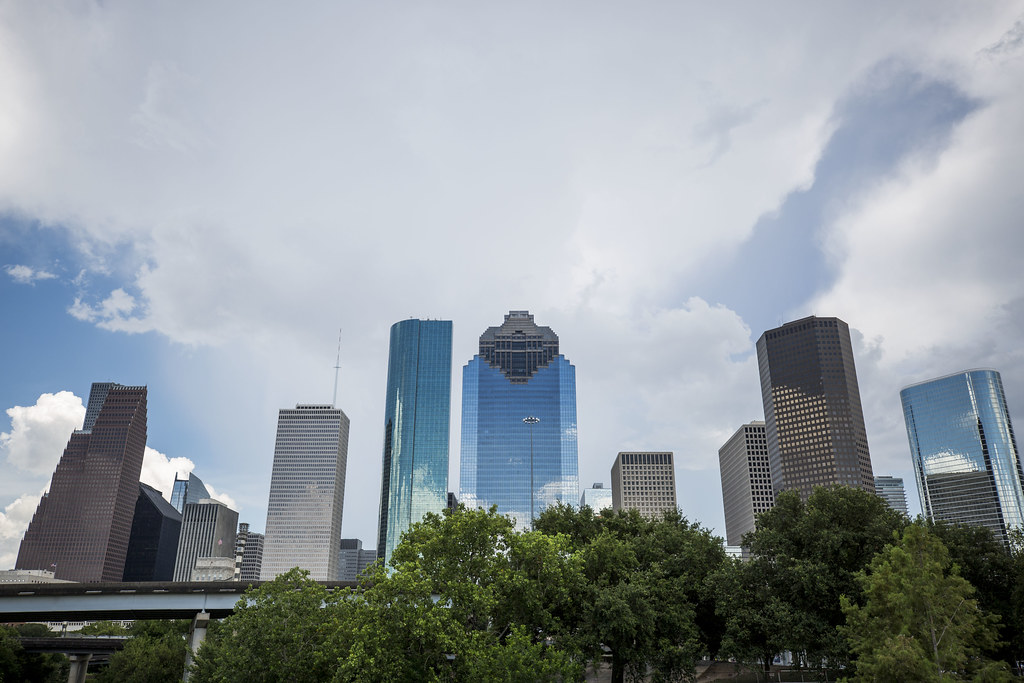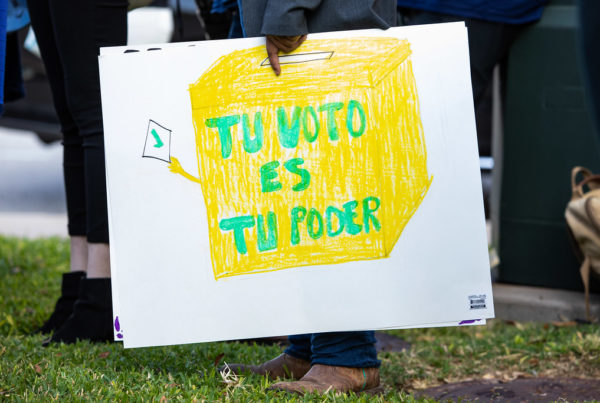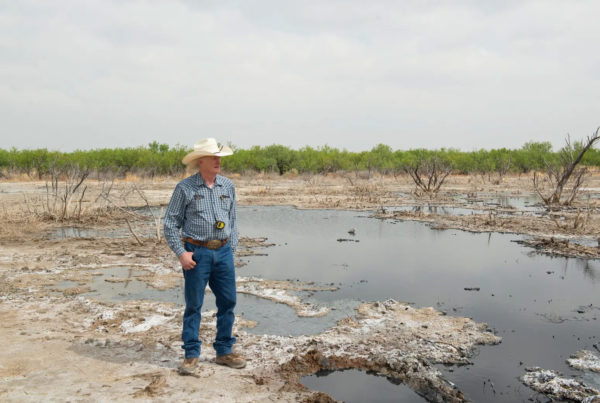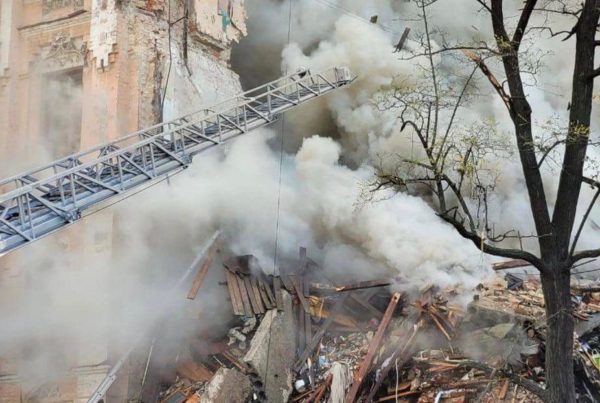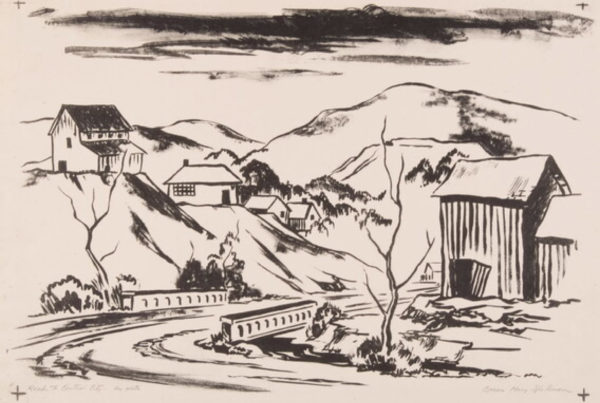A new study by researchers at the University of Houston shows that some of Houston’s suburbs are sinking at “a significant rate.” Groundwater demands and a growing population have helped compress the soil underneath places such as Katy, Spring, The Woodlands and Fresno.
Shuhab Khan, a geology professor at the University of Houston who led the study, spoke to the Texas Standard about what’s driving this phenomenon, and the relationship between sinking and flooding.
This transcript has been edited lightly for clarity:
Texas Standard: Which parts of the greater Houston area did you find evidence of sinking?
Shuhab Khan: Well, Houston, as we know, is sinking, or subsidence is known in Houston for over a century. But a recent study shows that some of the growing suburbs like Katy, Spring and Woodlands are also subsiding.
What are the main causes here?
So we looked at groundwater, which is generally, all over the world, one of the major drivers – pumping groundwater. So that seems to be the dominant source of subsidence in these areas.
We’ve been talking about drought here in Texas, so I’m a little surprised that groundwater would be a cause for some of this sinking effect, especially given how dry it’s been.
Yes. So if you pump groundwater – weather, even drought could also contribute to this – if you’re pumping more water and less water is coming back, so you’re creating this kind of situation, that ground could start compressing and sediments in regions are unconsolidated sediment, so they compress. So that’s the main driver in this area.
What kind of risks does this pose in the short term? I mean, before you start to deal with the issues of smarter use of groundwater – what sort of risks does this pose to buildings and property in these highly populated areas?
Subsidence could cause some damage, but it’s mostly fault. It’s in the area where subsidies are happening and there are faults. We have lots of faults, old faults. If we have those and those get reactivated, those usually pose serious risk to buildings. But subsidence – as is, the whole area, a large area subsiding – could cause some losses, but it’s not really alarming. Generally speaking, subsidence is not unique to Houston. There are hundreds of cities in dozens of countries [that] are subsiding. This is a common phenomenon now.
Given the subsidence that has already occurred, is that past the point of no return? Is there no way of “fixing” this?
I don’t think so. I think it needs more detailed studies, but I don’t think that it’s a point of no return.
Where’s your level of anxiety on this as someone who studies it?
So we study this for scientific reasons. And there are some places subsiding a lot faster. The best example is Mexico City. We are not in that kind of alarming situation. So I don’t think it’s alarming. I think it’s good that we know now, [rather] than we find out about it a lot later. So I think things can be done.
What’s the relationship between what’s happening with these sinking suburbs and flooding that we’ve been seeing in the area?
Flooding could be more intense in areas which are rapidly subsiding. The reason for that is that normally subsidence happens in a circular pattern, so it would take longer time for water to leave that area. That’s one indirect relation with the flooding. There are some studies that looked at it when we have flooding due to like Hurricane Harvey where we had lots of water standing – specifically in suburbs like Katy – there was lots of water standing for extended period of time. So the load of water could exert pressure, and that could compress already compressed sediments.
And then some studies suggest that immediately during and immediately after Harvey the subsidence increased, but then it receded as the water receded. So it’s a temporary phenomena. Definitely it’s something worth looking at in detail. This is something important and actually something new. We have to look at it what is the relationship between flooding and subsidence.


